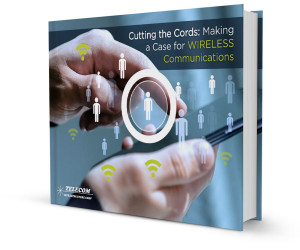
Wireless Networks – This concept of public internet access has a fairly broad range of applications. Sometimes universities and colleges will support a campus wide wireless network, accessible to all those affiliated individuals who have the security code. Another example is malls and shopping centers who will have a strong wireless network meant to be shared with patrons and internal businesses.
These examples are still in terms of ‘spot to spot’ wireless availability. This means that individuals must switch networks as they move from place to place, and usually must be affiliated financially with the networks they use. Municipal wireless networks or ‘Muni-fi’s are a bit different. They are city or region-wide wireless networks supported publicly by taxes paid. Sometimes, they span a single public outdoor space like a park or national protected land area, but more commonly they are a universal internet service and includes the whole city or town. This form of networking turns the entire area into a wireless access zone and provides businesses, homes, and citizens with consistent internet access in all locations. They are usually done in a mesh design in which signals are projected from poles and internally looped to hum up a strong signal. This takes the idea of citizens piggybacking on the wireless networks of cafes and libraries, and expands it into a sort of communal piggybacking. When is the last time you used a public wi-fi network? Did you have to login? What was you connectivity like compared to your home or office? Yes. We want to know!

 Wired networking is quickly becoming the dial up internet of the current decade as wireless technology is advancing at an incredibly rapid pace. Is going wireless in the best interest of your business? Download our FREE book right now entitled "Cutting the Cords: Making a Case for Wireless Communications" and find out!
Wired networking is quickly becoming the dial up internet of the current decade as wireless technology is advancing at an incredibly rapid pace. Is going wireless in the best interest of your business? Download our FREE book right now entitled "Cutting the Cords: Making a Case for Wireless Communications" and find out!